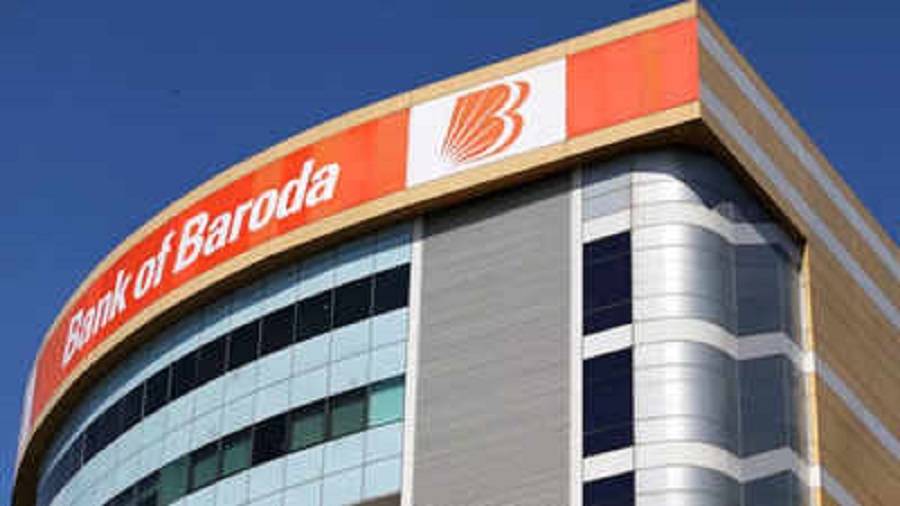MUMBAI:
The second edition of TransUnion CIBIL- SIDBI MSME Pulse Report reveals that overall commercial credit exposure (Y-o-Y) has shown the highest growth rate in the last five quarters.
The report further states that the total on-balance sheet commercial lending exposure in India stood at ? 54.2 lakh crores, as of March 2018 with Micro and SME segment constituting ? 12.6 lakh crores, which contributes to ~23% of commercial credit outstanding. Large corporates contributing to ~67% of commercial credit outstanding exhibits a delinquency rate of 18% in March 2018, which was around 16% in March 2017.
The quarterly additions to NPA show steepest rise between Q2FY’18 to Q3FY18. While the growth in NPA rate has moderated, it is too early to cnclude that the NPA problem is close to bottoming out. MSME Pulse closely tracks and monitors the MSME segment in the country, on a quarterly basis. TransUnion CIBIL Commercial Bureau has over 5 million business entities ranging from proprietorship/partnership firms to publicly listed entities. The credit data is updated monthly with exposure and performance details from Banks, NBFC, HFC, Cooperative banks, Regional Rural banks and other regulated lenders.
Speaking of this report, Mohammad Mustafa, Chairman and Managing Director, SIDBI said “The use of credit bureau data insights has enabled monitoring of systemic risks based on comprehensive, granular and prompt data. MSME Pulse is SIDBI’s joint endeavour with TransUnion CIBIL for providing the policy makers, regulators and Industry with precise data-driven insights to support policy as well as business decisions.” On the second edition findings of the report he added, “Data unambiguously shows that the MSME segment has clearly left behind the short-term impact of GST and demonetisation. They are firmly back on growth path with the segment having exposure below INR 25 crore growing at 15%. High growth in new to credit shows positive impact of GST. The report finds that RBI’s dispensation to MSME which includes recognising NPA in 180 days as opposed to previous approach of tagging NPA in 90 days past due will bring relief to INR 15,000 crore of exposure”
In the quarter ending Mar’18, new-to-credit (NTC) borrowers were at 2.7 lakhs whereas H1-2018 is expected to have 5 lakh plus NTC business borrowers. This is 21% higher than the NTC observed in H2-2017 (~4 lakhs). Speaking of this observation, Satish Pillai, Managing Director and CEO,
TransUnion CIBIL further explained “The combination of high credit demand and relatively low NPA rates make MSME among the most attractive target segment for institutional lenders. MSME Pulse report projects that formalization of commercial credit will be able to add a million a year New-to-Credit (NTC) MSME borrowers. NTC portfolio study suggests that 60% first-time borrowers sustain or increase their credit in the two-year period following their first formal loan and therefore it is vital to monitor this segment of NTC borrowers regularly for profitable business growth.”
MSME Pulse Second Quarter Edition Highlights
Broad based recovery in credit growth-Overall credit exposure(Y-o-Y) has shown the highest growth rate in last five quarters. In addition, after the lows of September 2017, even Large (greater than Rs 100 Crores exposure) segment has shown two consecutive quarters of recovery in credit growth. Micro (credit exposure less than ? 1 Crore) and SME (Rs 1 Crore-25 Crores) segments constitute Rs 12.6 lakh Crores credit exposure (23% of commercial credit outstanding) with Y-o-Y growth of 22% and 13% respectively .In comparison 7% for Mid (? 25 Crore-100 Crores) and 6% for Large (greater than ? 100 Crores exposure) from March 2017 to March 2018.
Large segment asset deterioration continues, Mid segment NPA rate restricted- In Large corporate segment, NPA rates have increased from 15.3% (in Mar’17) to 18% (in Mar’18).The directional reduction in NPA rate of Mid segment (16.3% in Mar’17 to 15.9% in Mar’18) may be attributed to bad debt being sold to Asset Reconstruction Companies(ARC) and uptick in loan growth in this segment. The stock of gross NPA in commercial exposure increased by 1.48 Lakh Crore in Mar’18 over Mar’17. However, quarterly additions to NPA suggest that the steepest rise was between Q2FY’18 to Q3FY18, While the growth in NPA rate has moderated, it is too early to conclude that the NPA problem is close to bottoming out.
Relatively stable asset quality for MSMEs: MSME NPA rates have remained stable and range bound. In the Micro segment the NPA rate has moved from 8.9 % (in Mar’17) to 8.8 % (in Mar’18) .In SME segment the NPA rate hovered between 11.4% (in Mar’17) to 11.2 % (in Mar’18). Recognized NPA exposure for MSME is ? 81,000 Crores as on Mar’18.
Growth to ensure asset quality: Future NPA in the segment may be driven by ? 11000 Crores exposure, which are currently tagged as ‘standard’ but belongs to entities that have at least one or more exposures tagged as NPA by other bank or credit institution. Additionally, there is a system-side exposure of Rs 120,000 Crores belonging to entities with CIBIL MSME Rank (CMR) between CMR 7 and CMR 10. CMR7 to CMR10 are associated with High Risk. These high-risk exposures are expected to add Rs 16,000 Crores in NPA by March 2019. However, strong credit demand in this segment among other things driven by formalization of this segment is likely to keep the overall NPA rate in this segment in check.
New Private Banks most successful in tapping MSME opportunity: Private Banks and NBFCs have further increased their market share in Micro and SME lending from 27.5% and 9.1% in March 2017 to 30.3% and 10.9% in March 2018. Share of PSBs has fallen from 57% to 50.4% in the same period.
Despite higher growth rate new Private Banks have better quality of acquisition of New to Bank (NTB) borrowers with 46% borrowers lying in high quality CMR 1 to CMR3. In comparison, other category of lenders have around 35% of their incremental borrowers in CMR1 to CMR 3.
New Private Sector Banks have 9% NTB acquisition in CMR-7 to CMR-10 grades compared to 16% in PSBs and 14% in NBFCs. However, New Private Banks and NBFCs lending to these high risk borrowers are largely offering asset backed loans, while PSU banks are offering plain working capital and term loans even to this segment.
Formalization may add a million a year New-to-Credit MSME borrowers: Number of new-to-credit (NTC) borrowers in MSME segment continued to accelerate with 5 lakh NTCs estimated in H1-18 compared to 4 lakhs in H2-17. In effect going forward, it may be expected that annually, at least a million plus NTC MSME borrowers would be seeking formal credit. Recent NTC portfolio study suggest that 60% first-time borrowers sustain or increase their credit, in the two-year period following their first formal loan.
Demonetization and GST Impact are firmly behind the MSMEs: As of Mar’18 based on the credit utilization exposure, the metrics used to gauge the impact in this study, it appears that most MSME’s including the smallest ones have recovered from the impact of demonetization and GST.
Risk Profile study of top 30 locations: A study of risk profile of top 30 locations by CMR distribution of borrowers shows that locations in North and West regions have a comparatively better risk profile than the locations in South and East.




